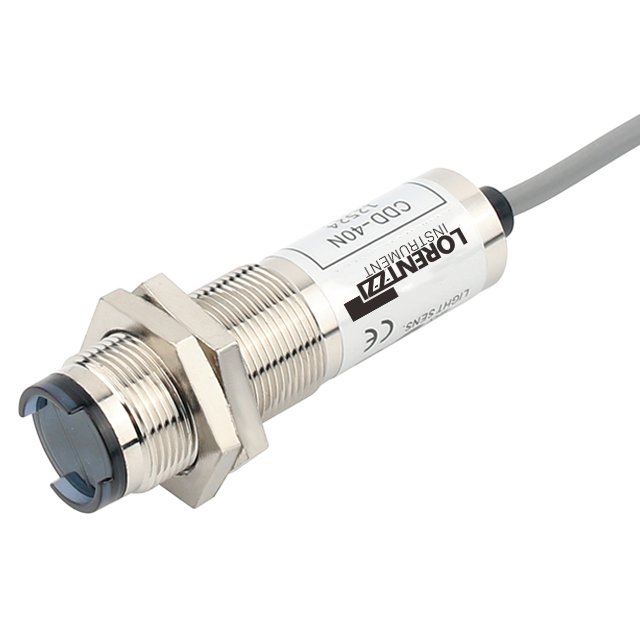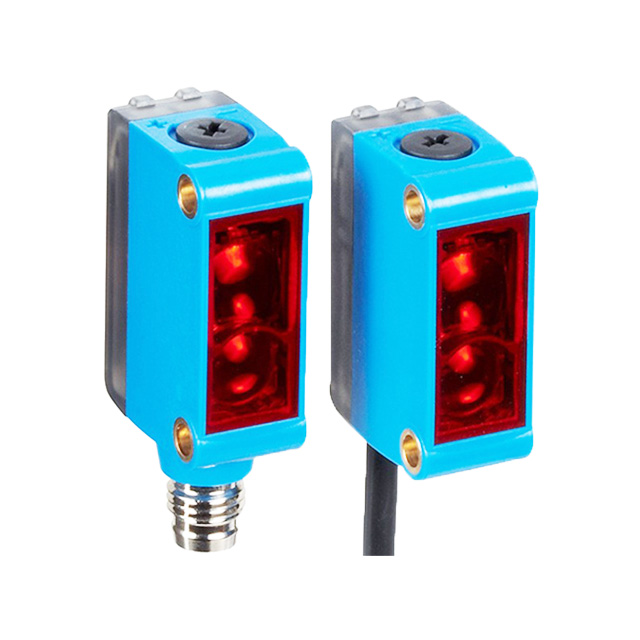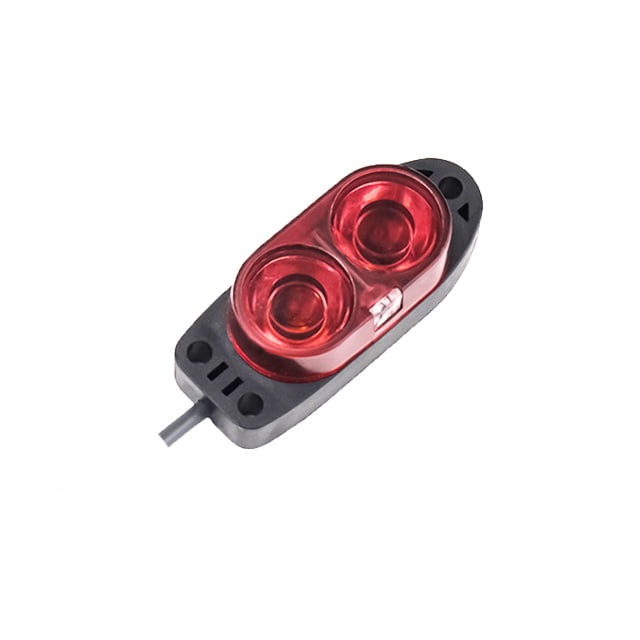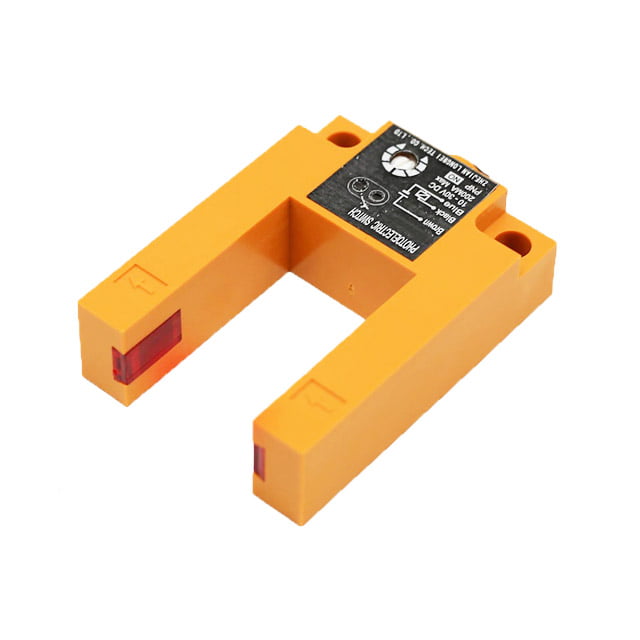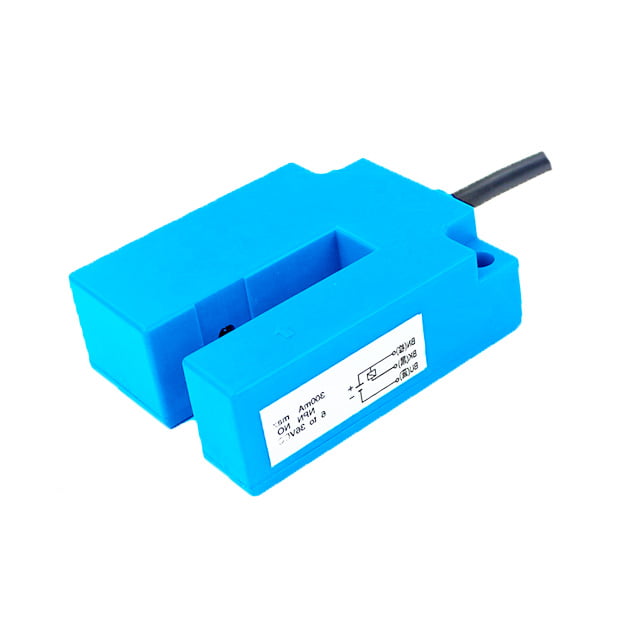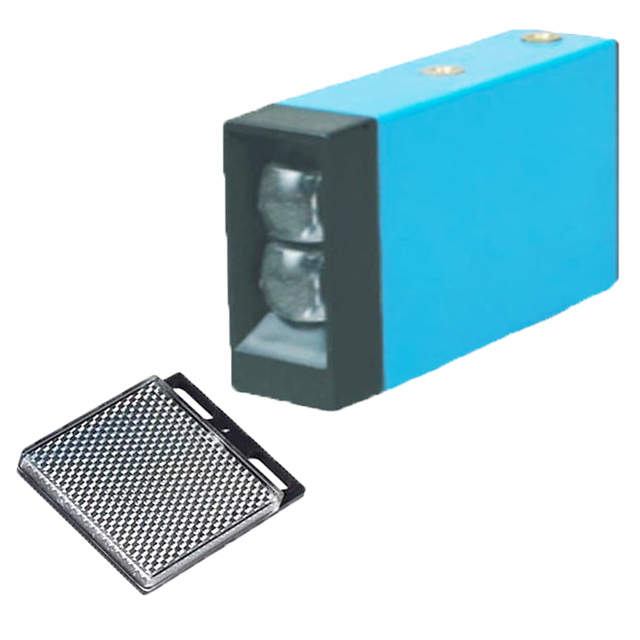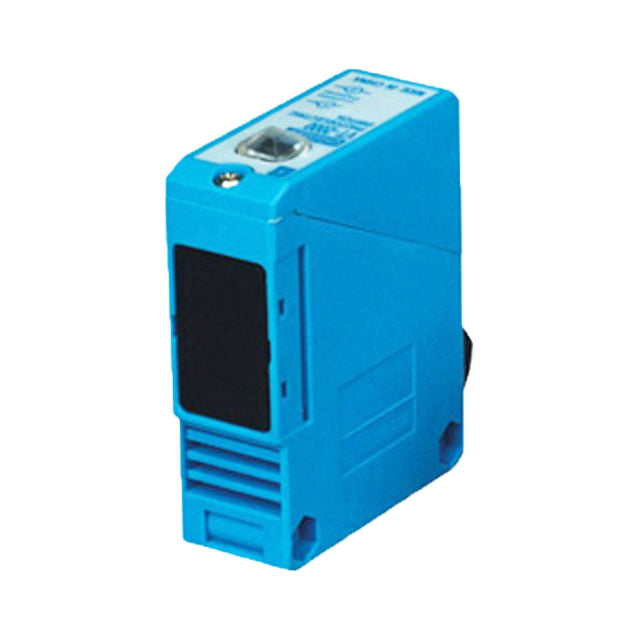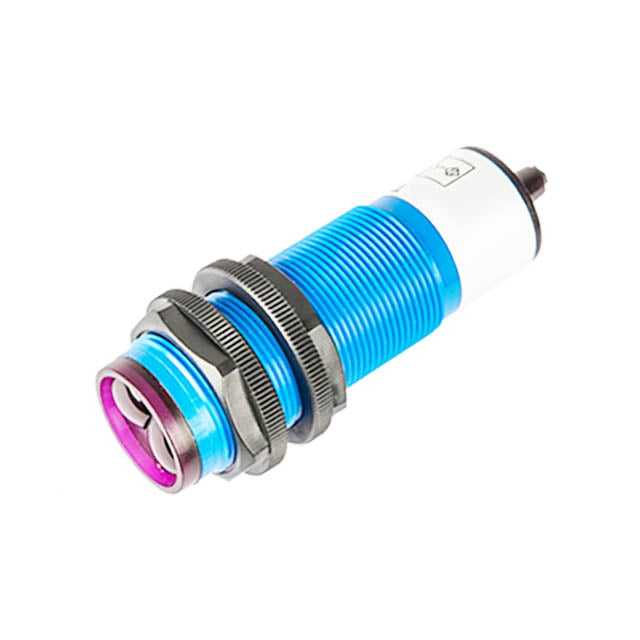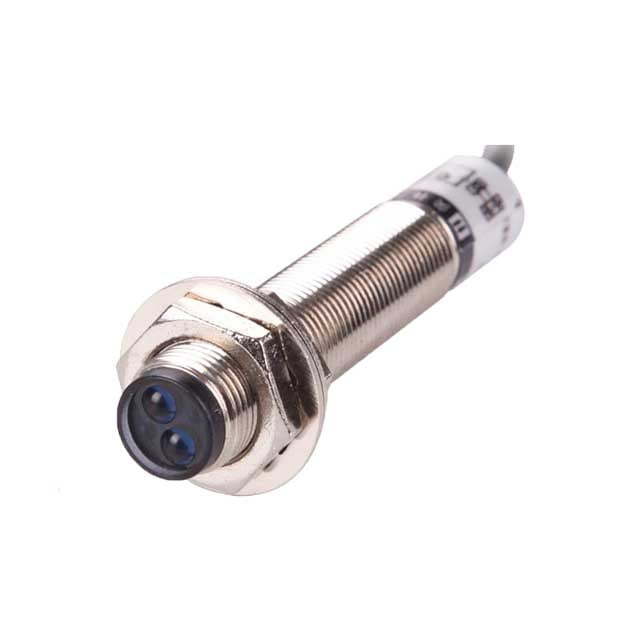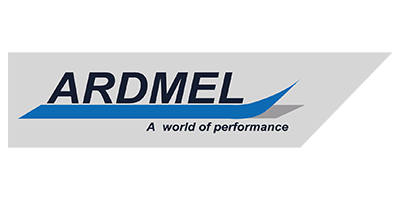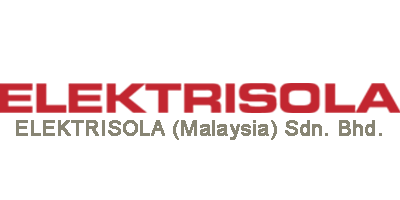Barrera fotoeléctrica
- Tipos difusos, retrorreflectantes y de haz pasante disponibles
- Nivel de protección IP67, impermeable y resistente al aceite
- Más de 10 años de experiencia en fabricación
- Dos años de garantía ampliada
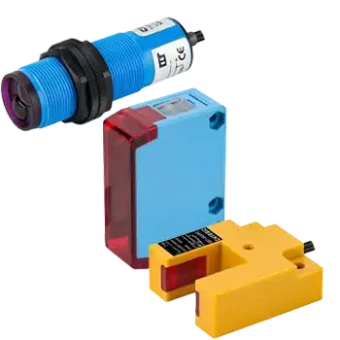
Nuestros productos
Los tipos de Lorentzzi Los sensores fotoeléctricos incluyen sensores fotoeléctricos difusos, retrorreflectantes, de barrera y de marca de color. Según la clasificación por formas, hay opciones cilíndricas, rectangulares, en forma de horquilla y otras. Como proveedor de sensores fotoeléctricos en China, Lorentzzi puede proporcionar servicios de ventanilla única de compras para todas sus necesidades de sensores fotoeléctricos
-
Barrera fotoeléctrica difusa de carcasa metálica, Distancia máxima de detección 40 cm,...
-
Con la función de supresión de fondo, la distancia de detección y la precisión no...
-
Compacto y ocupa poco espacio, opciones de salida NPN y PNP disponibles, NO...
-
Sensor fotoeléctrico tipo ranura, Amplio voltaje de trabajo: DC10-30V o AC90-250V, NPN,...
-
El diseño en forma de U ahorra espacio, El rango máximo de detección de espesor es...
-
Salidas NPN y PNP disponibles Tipo U, carcasa compacta, Amplia...
-
1.Interruptor sensor de proximidad acanalado G65, 2.Varias salidas disponibles, 3.Protección IP54...
-
Diámetro M12, ahorro de espacio, Distancia máxima de detección 3 metros, Hasta...
-
La distancia máxima de detección es de 2 metros. PNP y NPN...
-
Detección máxima de 5 metros o más, la salida puede ser PNP,...
-
Disponible en sensores difusos, retrorreflectantes y de barrera, salida de relé de 3 A,...
-
Distancia máxima de detección de 70 cm, PNP y NPN disponibles,...
-
Rosca M30, carcasa de ABS, clasificación IP67, La distancia máxima de detección...
-
Cuerpo totalmente metálico, rosca M12, Disponible en difuso, retrorreflectante y...
-
Tamaño de la rosca del producto 18 mm, Salida disponible en NPN, PNP,...
¿No encuentra el producto que necesita? Haga clic en el botón para ponerse en contacto con nosotros.
¿Por qué elegir a Lorentzzi como proveedor?
proveedor chino
Nuestra fábrica está situada en el centro neurálgico de los electrodomésticos de bajo voltaje de China. Nuestros productos ofrecen una calidad superior y precios competitivos.
Amplia gama de productos
Lorentzzi puede suministrar una gama completa de sensores fotoeléctricos de excelente calidad, las salidas están disponibles en PNP, NPN, NO, NC o NO+NC.
En stock
Siempre mantenemos un nivel razonable de existencias de sensores fotoeléctricos para satisfacer los pedidos urgentes de los clientes. Creemos que ayudar a los clientes a ahorrar tiempo también les ayuda a ahorrar dinero.
Preguntas más frecuentes
¿Qué son los sensores fotoeléctricos?
A diferencia de los sensores inductivos, que utilizan campos magnéticos, y los capacitivos, que utilizan campos eléctricos, los sensores fotoeléctricos son otro tipo de sensores de proximidad que utilizan la luz para detectar la presencia o ausencia de objetos.
Las barreras fotoeléctricas activan su salida cuando se bloquea el haz luminoso o se reduce la intensidad de la luz.
¿Cuál es el principio de funcionamiento de una barrera fotoeléctrica?
La barrera fotoeléctrica tiene dos componentes principales: un emisor de luz y un receptor de luz.
El emisor puede generar un haz de luz desde él hasta el receptor; cuando un objeto bloquea o refleja el haz de luz, el receptor detecta el cambio en la intensidad de la luz, lo que hace que el sensor active una salida (por ejemplo, una señal de encendido/apagado).
¿Cuántos tipos de sensores fotoeléctricos existen?
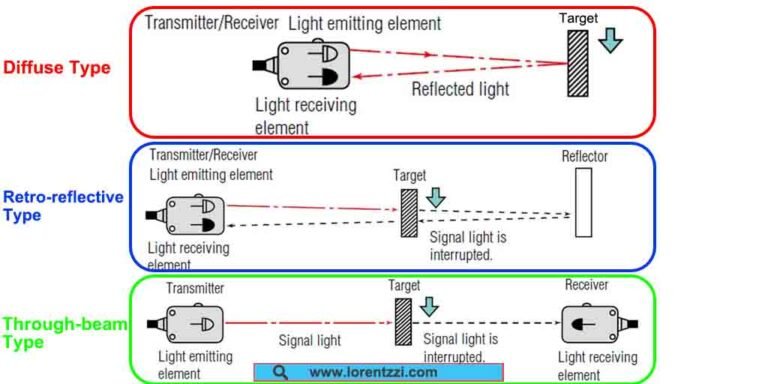
Existen tres tipos de sensores fotoeléctricos: difusos, retrorreflectantes y fotoeléctricos de barrera.
Los sensores difusos detectan objetos basándose en la reflexión difusa, en la que la luz se refleja en el propio objeto.
Los sensores retrorreflectantes, por su parte, utilizan un reflector retrorreflectante para devolver la luz al receptor. Dado que el reflector está diseñado para devolver la luz de forma eficaz a su fuente, los sensores retrorreflectantes suelen tener un alcance de detección mucho mayor que los sensores difusos.
Mientras que el emisor y el receptor de un sensor de haz pasante están separados, y el emisor y el receptor deben instalarse opuestos, de modo que el de haz pasante tiene la mayor distancia de detección.
Para saber más, puede echar un vistazo a nuestro artículo: Tipos de barreras fotoeléctricas al descubierto: Su guía definitiva!
Aplicaciones de los sensores fotoeléctricos
Los sensores fotoeléctricos se pueden encontrar en muchas aplicaciones, hemos proporcionado las aplicaciones típicas. Puede leer este artículo: Aplicaciones de las barreras fotoeléctricas: 5 ejemplos típicos.
¿Incluyen las barreras fotoeléctricas cortinas fotoeléctricas de seguridad?
En cortinas ópticas de seguridad pertenece a un sensor fotoeléctrico, es más como un sensor de haz pasante, simplemente hablando, combina muchos sensores fotoeléctricos en un solo producto en conexión paralela, una vez que un haz de luz de ellos se bloquea, se activará su salida a continuación, detener la máquina.
¿Cuál es la diferencia entre los sensores fotoeléctricos y los sensores capacitivos?
Los dos sensores de proximidad pueden utilizarse para detectar objetos metálicos y no metálicos, pero la principal diferencia es su principio de funcionamiento y la distancia de detección.
Los sensores fotoeléctricos utilizan la luz para detectar, mientras que los sensores capacitivos utilizan campos eléctricos para detectar. Y la distancia de detección del sensor fotoeléctrico es mucho mayor que la del sensor de proximidad capacitivo.
¿Puedo utilizar una barrera fotoeléctrica para detectar materiales transparentes como el cristal?
Sí, podemos utilizar sensores fotoeléctricos para detectar vidrio o botellas transparentes, pero es mejor utilizar un tipo difuso o retrorreflectante. Porque ambos tipos utilizan el cambio de intensidad de la luz para detectar si el objeto está dentro de este rango de detección.
¿Qué diferencias hay entre un sensor de proximidad y un sensor fotoeléctrico?
Existen 4 diferencias entre los sensores fotoeléctricos y los sensores de proximidad:
- Diferentes principios de funcionamiento: Los sensores fotoeléctricos utilizan luz infrarroja como fuente luminosa para detectar la presencia de un objeto, mientras que los sensores de proximidad utilizan cambios en las corrientes parásitas (sensores inductivos) o la capacitancia (sensores capacitivos) para detectar objetos.
- Distintas distancias de detección: Los sensores fotoeléctricos tienen una distancia de detección mayor que los sensores de proximidad, y los sensores fotoeléctricos pueden detectar cualquier objeto sólido, líquido o transparente, mientras que los sensores de proximidad inductivos sólo pueden detectar objetos metálicos.
- Diferentes entornos de trabajo: Los sensores fotoeléctricos sólo pueden funcionar en un entorno limpio, sin polvo ni aceite, mientras que los sensores de proximidad pueden funcionar en entornos difíciles, independientemente del polvo o el aceite.
- Diferentes precios: Los sensores fotoeléctricos son siempre más caros que los sensores de proximidad.
¿Cuál es el símbolo del interruptor fotoeléctrico?
Consulte el símbolo de la barrera fotoeléctrica en el enlace proporcionado por Siemens: https://symbols.radicasoftware.com/category/photoelectric-sensors.

